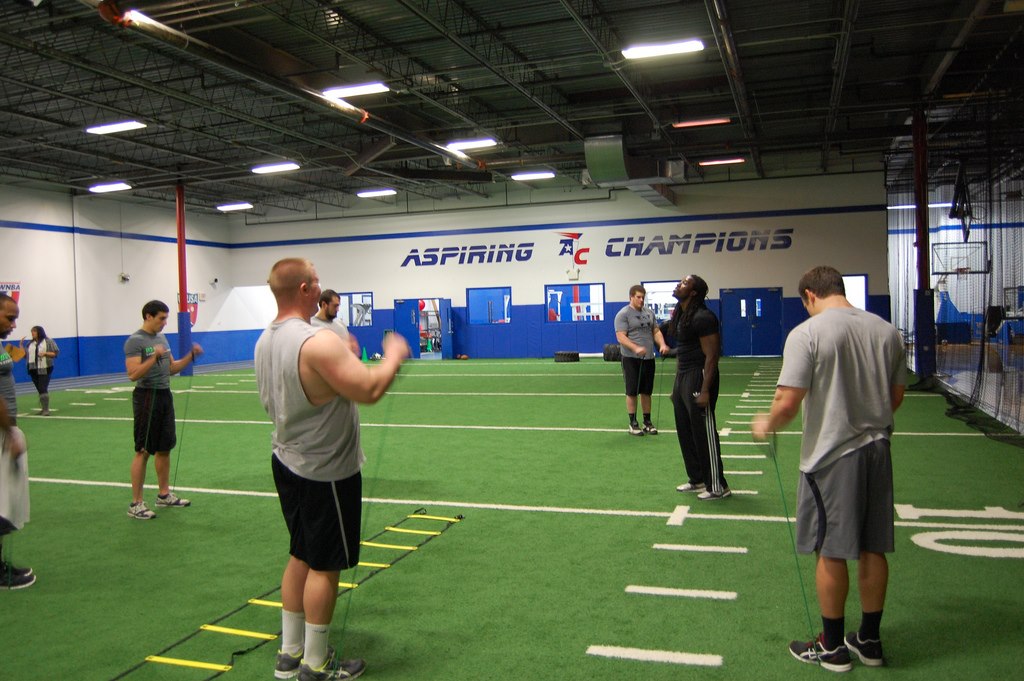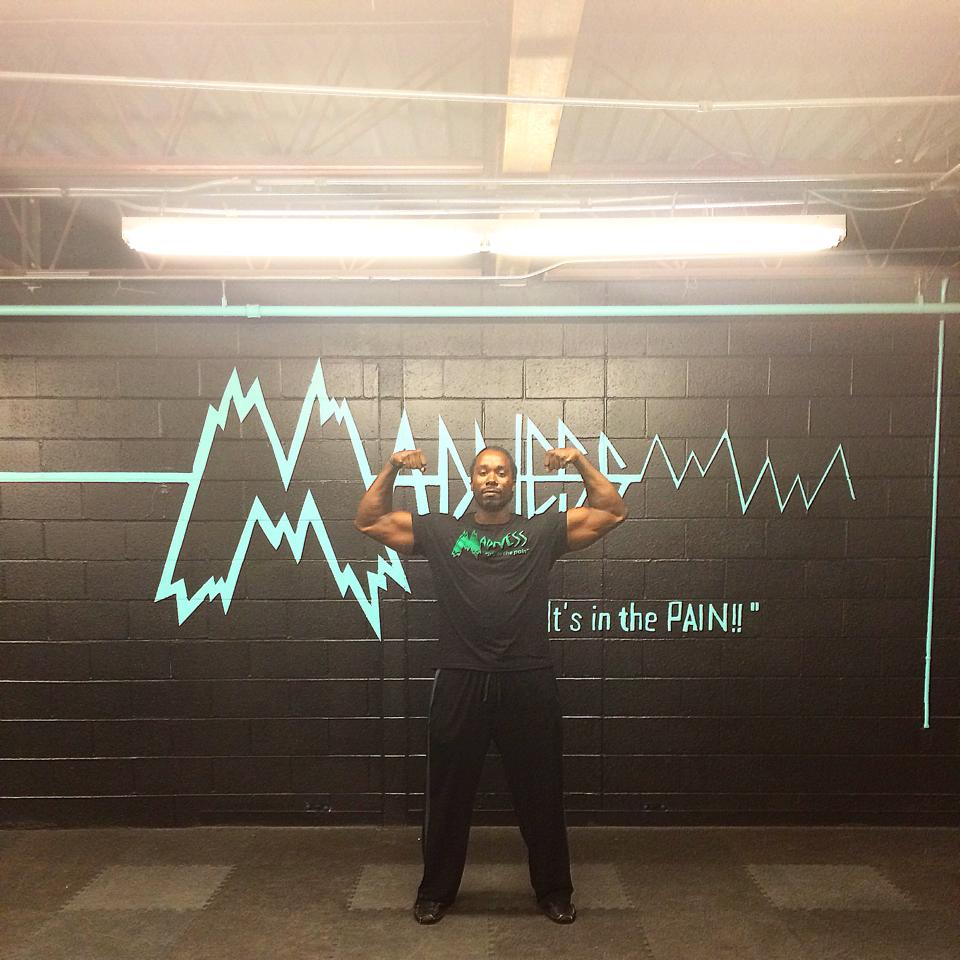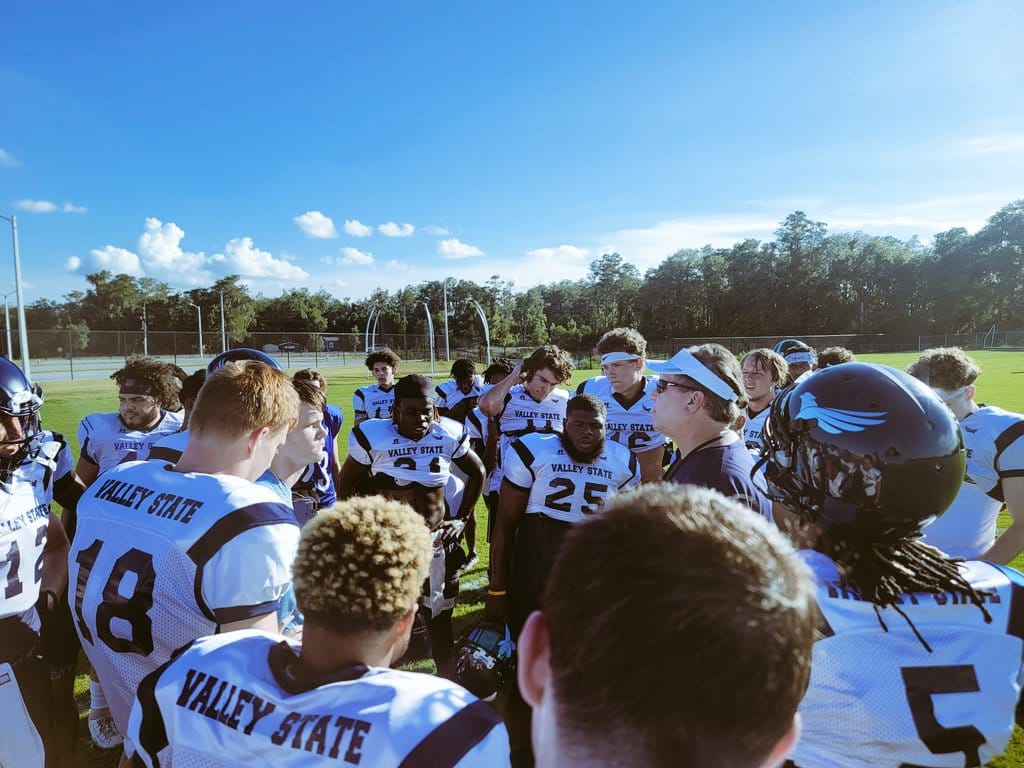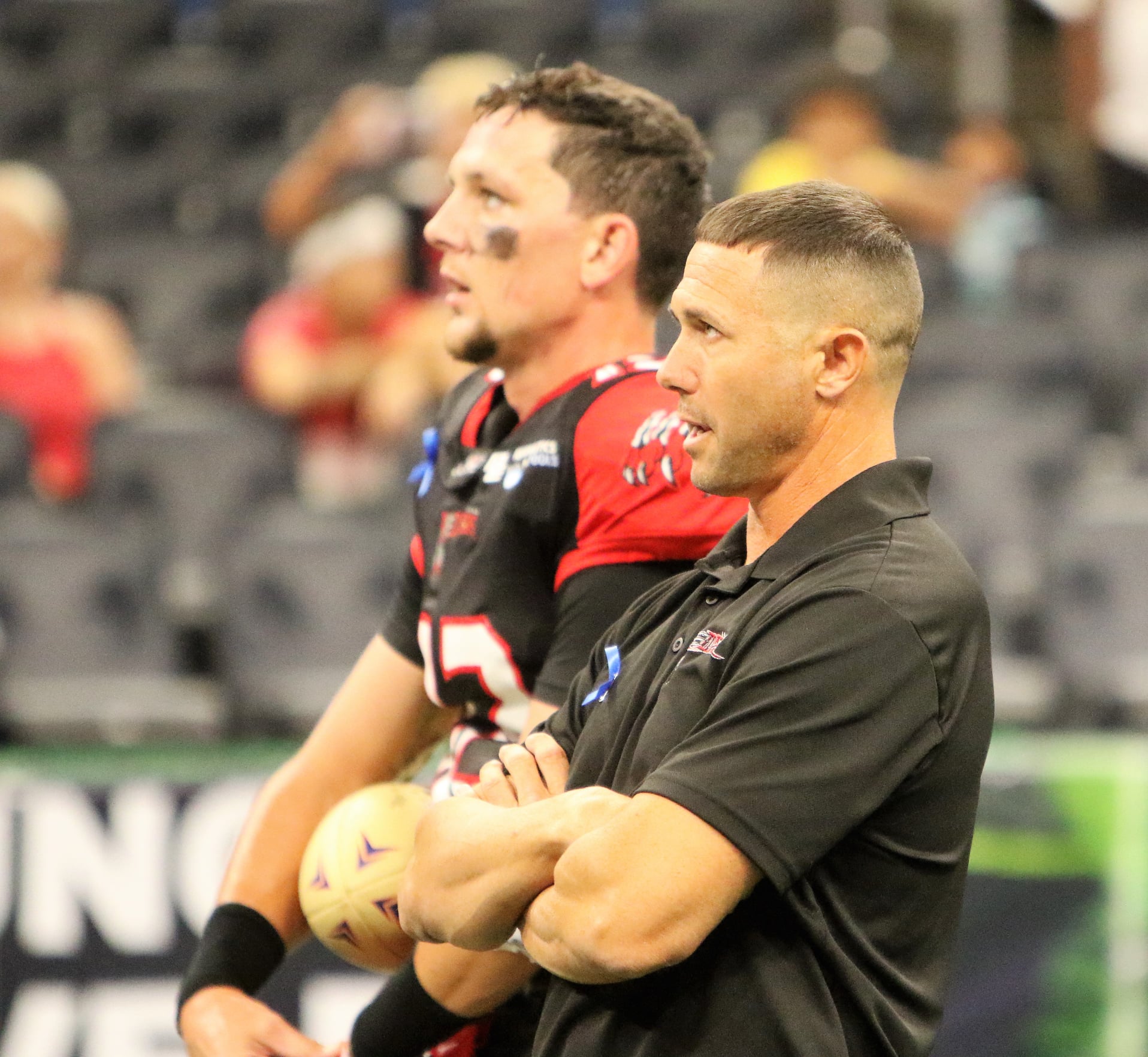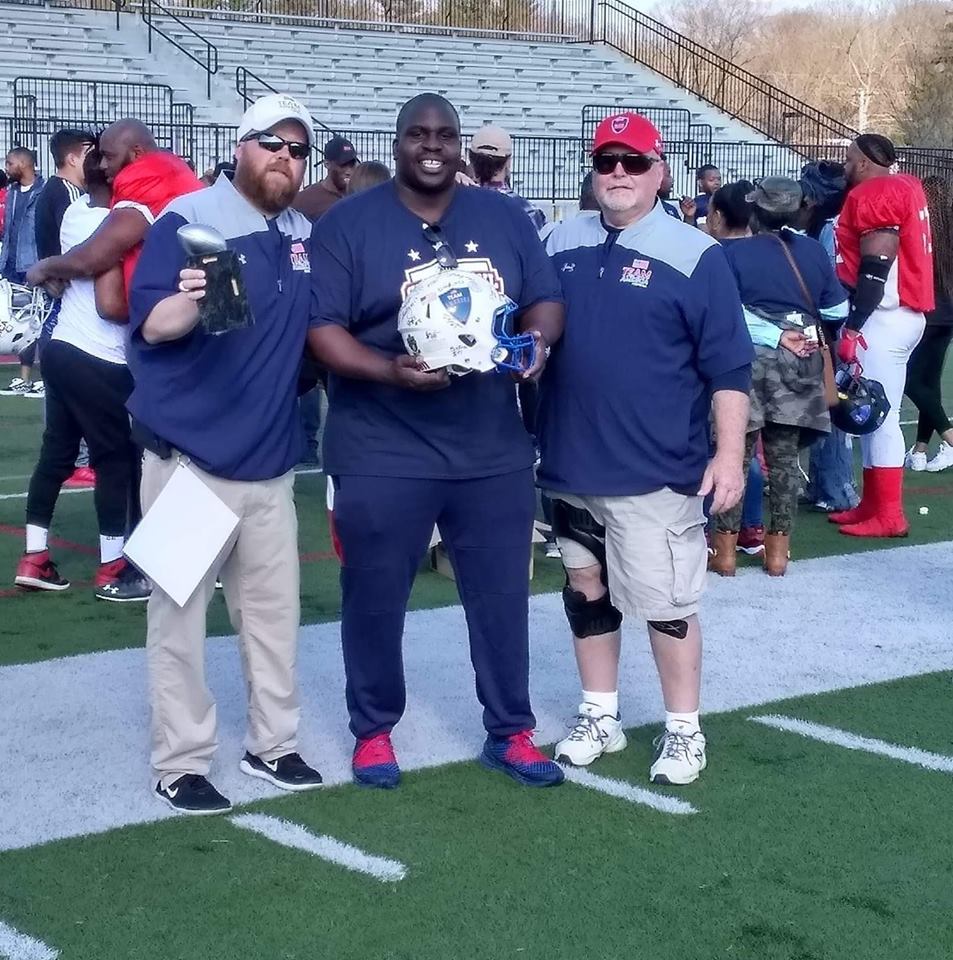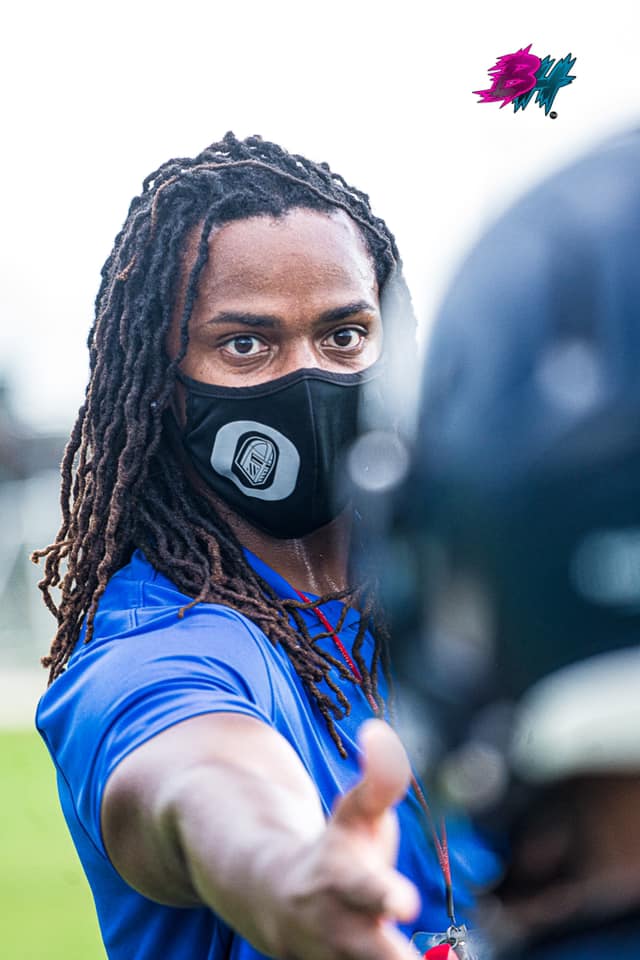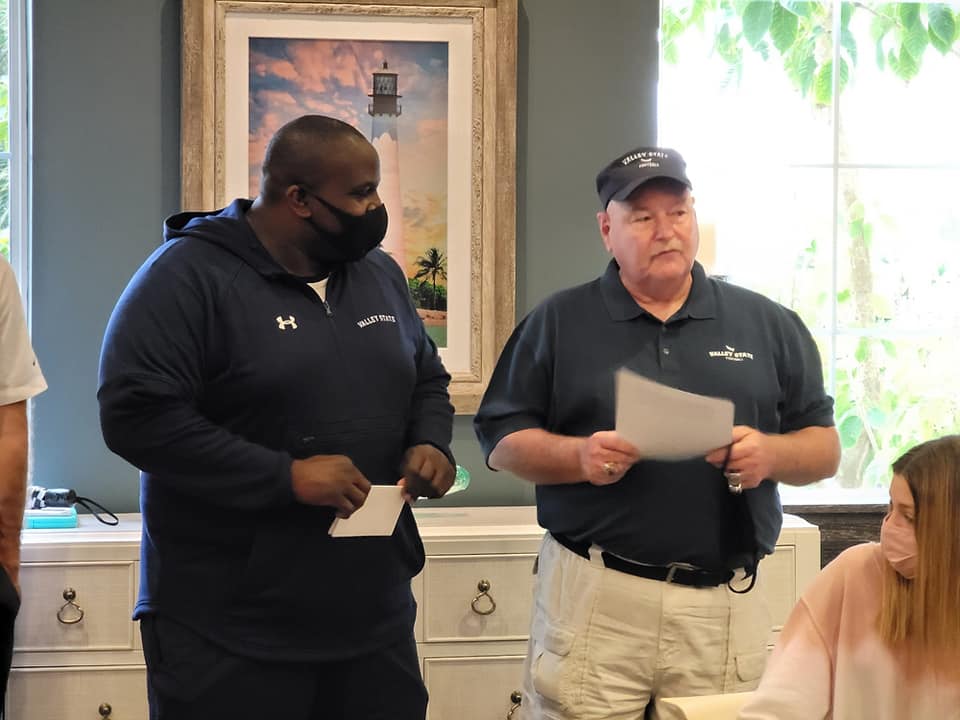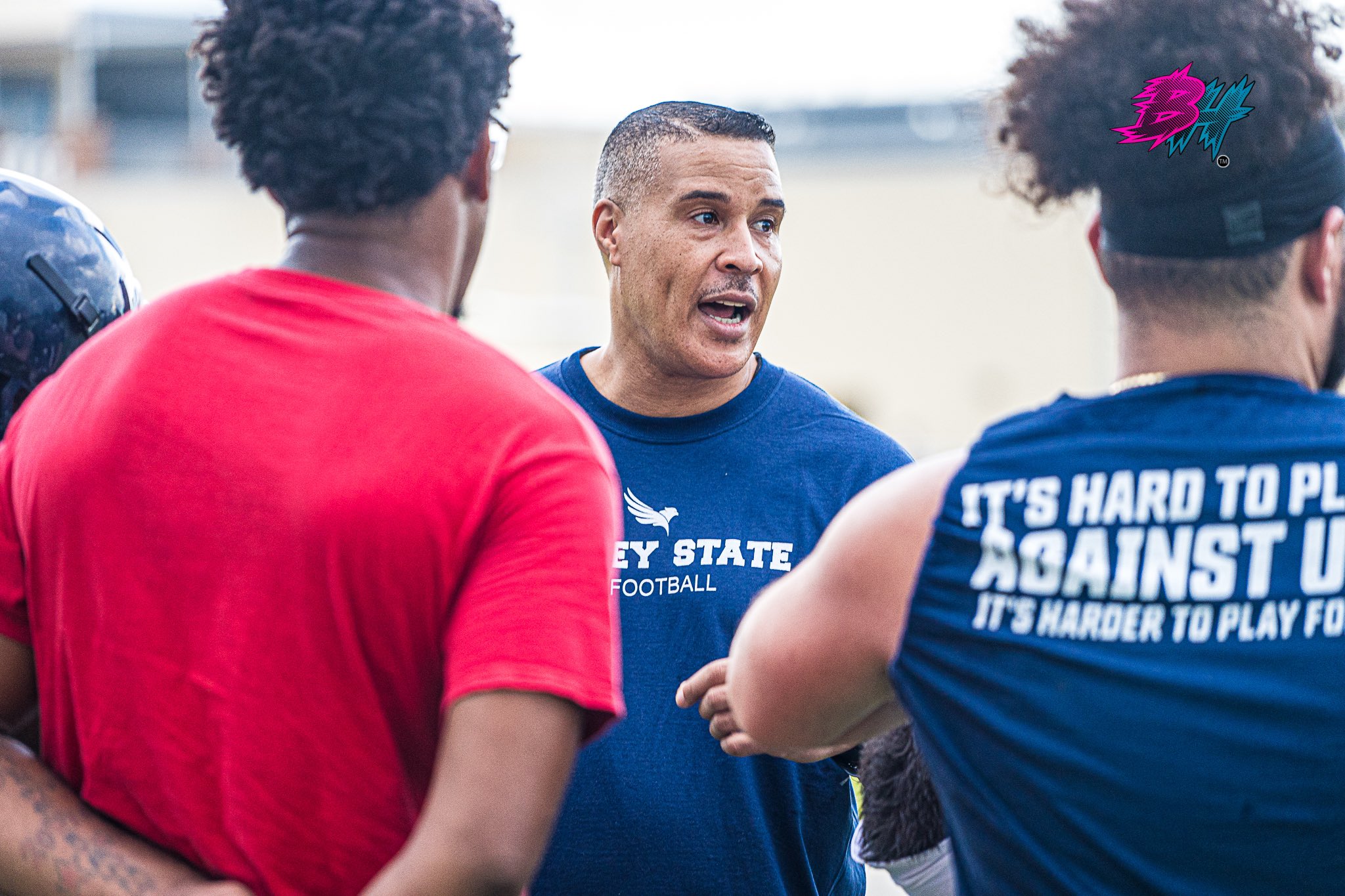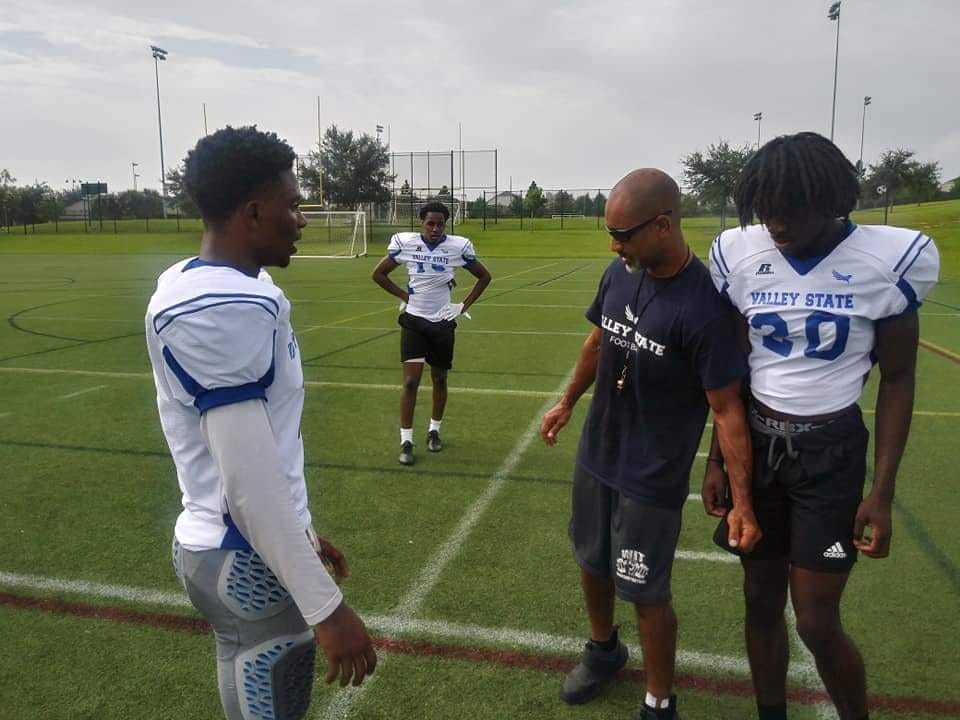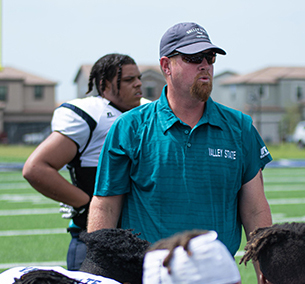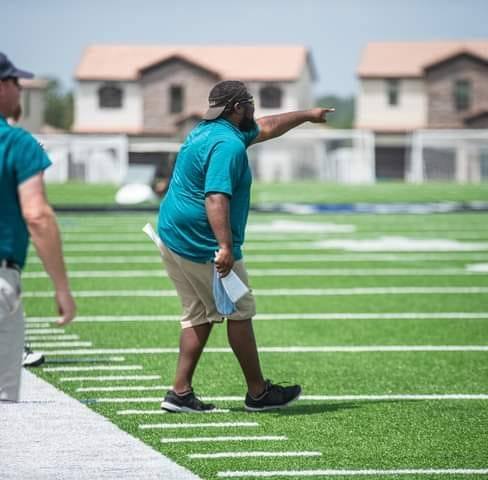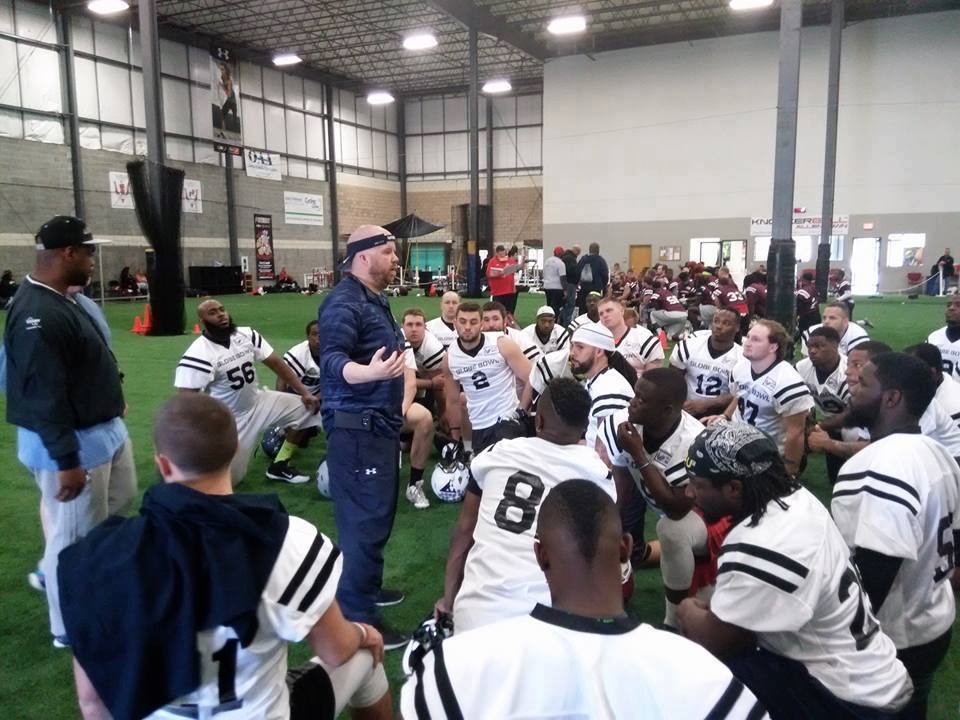Prep schools an option for football players who don’t sign on National Signing Day FULL ARTICLE htt
OUR LOCATION
South Jersey NJ / Philly (Philadelphia Metro)
Our Sports Program is located in South Jersey NJ / Philly (Philadelphia Metro) 30 mins from Philadelphia 30 mins from Delaware 1.5 hrs from New York City
OUR Coaches
All Former Pro Athletes & Coaches
Our staff, coaches & trainers have worked with the highest level of staff, coaches, & NFL players. Be the Best by working with the best.
OUR PROGRAM
Valley State
We have the best and Most Valuable Prep Football Program in the USA and have Football Coaches who are elite and staff who are simply the best. Get a second chance to prove yourself!
Our Daily Schedule
August 15- November (1 Semester Program)
- 4:00pm-6:00pmMon - Conditioning
- 6:30am-8:00amTues - Practice
- 6:30am-8:00amWed - Practice
- 6:30am-8:00amThurs - Practice
- 6:30am-8:00amFri -Film Study
- 12:00pm-3:00pmSat - Gameday
What's new?
Newest College Sports Prep Post Graduate Program

Valley State
Valley State powered by the All America Classic & Team America by corporate East Preps LLC DBA Valley State has had over 40 players get college offers in only 2 years and our company has over 15+ years of experience running top NCAA football combines, nationwide bowl games such as the All America Classic, the National Bowl, FCS Bowl & FBS SPIRAL Tropical Bowl - to training some of the best players in the country. We are responsible for over 400+ who have gone on to the NFL and we know what it takes to be a college athlete. Over 2000 elite College and High School players have attended our events. Our Post Graduate Prep/ Semester #JUCO Style program aims to give players a second chance to go to college, potentially earn a scholarship, and also transfer into a 4 year college while improving on necessary NCAA approved courses and SAT/ACT prep in the classroom as needed. Athletes will gain valuable film on the Field to market themselves to the next level.
- Located South Jersey, NJ /,(Philadelphia) Valley State is 30 minutes from Philly and Delaware and only 1.5 hours from NYC and gives student-athletes access to some of the best local education and sports programs in the country
- Available: As Needed take classes at a local Community College, NCAA Approved Courses Can be taken Online, SAT / ACT Prep available, Housing Options, Tutoring, Transportation, Full Sports Fall Season Speed and Strength Training Meal Plans, Supplement Plans, Only 1 Semester Post Graduate!! ,
Program
- Monday - Friday
- 6:30 AM - 8:00 AM
Trainer
- Staff
timetable classes
An Affordable and Valuable Sports & Academic Prep Program
Private Sports Programs Payment Plans Available - Academics & Housing Separate
view offer
Classes
Prep for your Life!
Apply & Sign Up NOW Online!!
- Full 1 Semester Sports Program
- Tuition Payment Plans Available for Sports Program
- Academic Courses Billed Separate by partner Online School
- Housing Options & Meals Billed Seperate by local Community College

Our Staff
Experienced Elite Staff – Learn from the Best!
NCAA approved online Courses, Housing, Meals, and Transportation Available
Perfect for Student Athletes Looking for a Post Graduate Semester
read more
Featured
Work with a World Renowned Group
3classes
5awards
17trainers
56members
Timetable
Prep for your Life
Blog
Prep for your Life
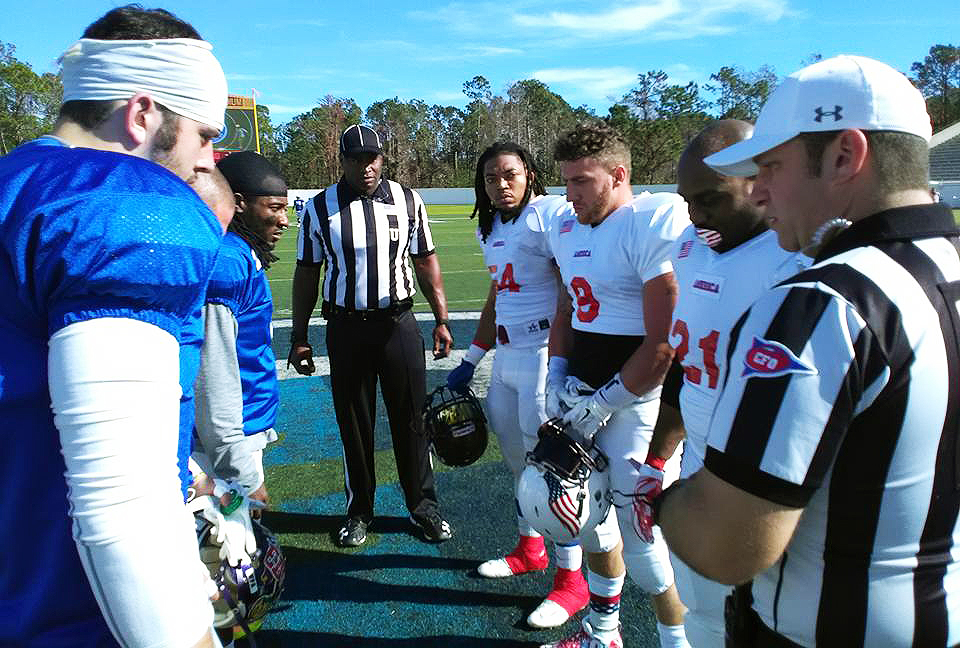
Why You Should Consider Post-Grad Prep School for Football
- by geneticsadmin
- June 26, 2014
Article Written by http://www.stack.com/a/football-prep-school (We do not endorse this content (Is used
LATEST TWEETS
follow usGet in touch
Prep for your Life




